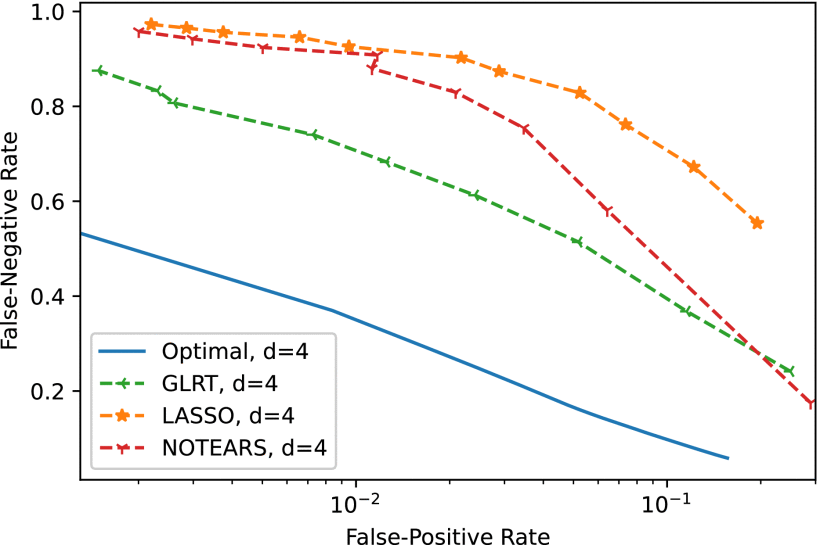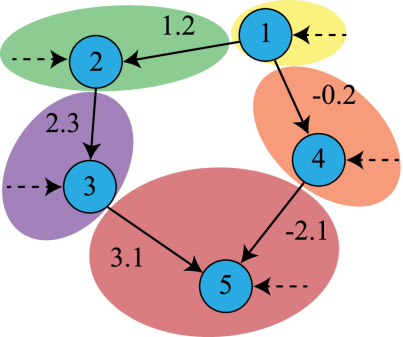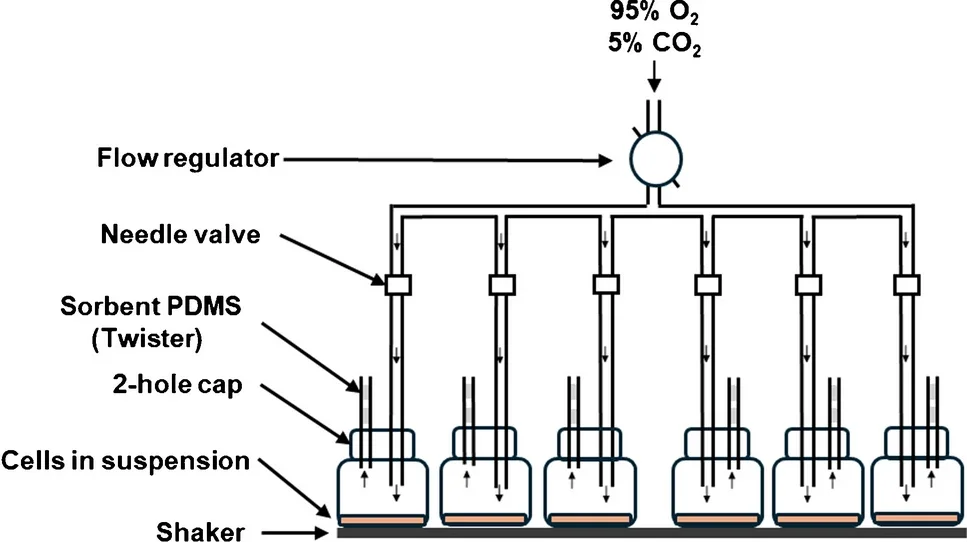
CPI News







A device for volatile organic compound (VOC) analysis from skin
This study presents a new skin sampling device that uses gentle heat and sorbent-based collection to improve recovery and consistency of skin-emitted VOCs, offering a promising noninvasive tool for clinical metabolite monitoring.




Bioreactor contamination monitoring using off-gassed VOCs
Researchers identified volatile organic compound (VOC) signatures that can rapidly and non-invasively detect microbial contamination in cell cultures—offering earlier detection than traditional methods.

USC Viterbi To Play Significant Role in New NSF Center Aimed at Insights on Pandemic Pre-emergence
USC will be a key contributor to the newly launched U.S. National Science Foundation Center for Pandemic Insights (CPI), offering expertise in machine learning and artificial intelligence used to characterize the animal-to-human interface that results in infectious diseases that jump from wildlife to people.



UMich: Pei Zhang will contribute to a new NSF Center for Insights into the Pre-Emergence Phase of Pandemics
Prof. Zhang will develop sensor systems to model the movement and risk factors of animal populations in disease spread as part of the interdisciplinary NSF center.

UCSD Today: New Center Receives $18M from NSF to Develop Tools to Investigate the Pre-emergence Phase of Pandemics
Center draws from health, engineering, agriculture, and social sciences to advance pandemic science for emerging threats

UC Davis News: New NSF Center for Pandemic Insights
A new NSF Center led by the UC Davis Draws from Health, Engineering, Agriculture, Social Sciences to Advance Pandemic Science for Emerging Threats

New NSF centers will take a multidisciplinary approach to pandemic prediction and prevention
The U.S. National Science Foundation has funded a series of projects totaling $72 million that will bring together the multidisciplinary research and training, technology and data, and sustained collaboration needed to tackle this grand challenge and develop effective mitigation and response activities.

